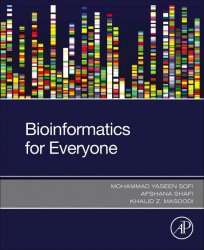 Название: Bioinformatics for Everyone
Название: Bioinformatics for EveryoneАвтор: Mohammad Yaseen Sofi, Afshana Shafi
Издательство: Academic Press/Elsevier
Год: 2022
Страниц: 238
Язык: английский
Формат: pdf (true)
Размер: 45.2 MB
Bioinformatics for Everyone provides a brief overview on currently used technologies in the field of bioinformatics―interpreted as the application of information science to biology― including various online and offline bioinformatics tools and softwares. The book presents valuable knowledge in a simplified way to help students and researchers easily apply bioinformatics tools and approaches to their research and lab routines. Several protocols and case studies that can be reproduced by readers to suit their needs are also included.
The computer-assisted study of biology and genetics is known as bioinformatics. In other words, it refers to the analysis of genetics and other biological data using a computer. Bioinformatics is now gaining prominence in life science, especially in the fields of molecular biology and plant genetic resources. Bioinformatics is a field that combines biology and computer sciences. Bioinformatics is a relatively new science that uses data to better understand biological phenomena. It covers a wide range of statistical tools and methods for managing, analysing and manipulating large amounts of biological data. Some computer biologists refer to bioinformatics as subset of computational biology. The above is devoted to biological systems modelling and problem solving in the context of quantitative analysis. Bioinformatics is a study of molecular processes that demands a complex combination of science, math and statistics.
Bioinformatics, also known as life science informatics, is a modern branch of biotechnology that gives biologists a vital tool for commercialising biotechnology faster. Bioinformatics is a classic example of the merging of biotechnology and information technology. Bioinformatics has long been one of the most important methods in life science for mining, analysing, searching, integrating and simulating molecular biological data.
There are three components which are used in bioinformatics:
1. Establishment of a database: This entails arranging, storing and managing biological data sets. Researchers may use existing information databases to make separate entries, such as the molecular structure protein sequence data bank. Databases are useless before they are analysed.
2. Creation of algorithms and statistics: This emphasises the application of tools and resources to predict the association between members of large sets of data, for example, by comparing data on protein sequence with protein sequences already reported.
3. Data and perception evaluation: The proper usage components 1 and 2 (listed above) for biologically relevant analysis and interpretation of data. All examples of which include DNA, RNA, sequence of proteins, protein structure, profiling of gene expression and metabolic changes.
Explains the most relevant bioinformatics tools available in a didactic manner so that readers can easily apply them to their research
Includes several protocols that can be used in different types of research work or in lab routines
Discusses upcoming technologies and their impact on biological/biomedical sciences
Скачать Bioinformatics for Everyone
[related-news] [/related-news]
Комментарии 0
Комментариев пока нет. Стань первым!
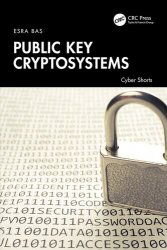




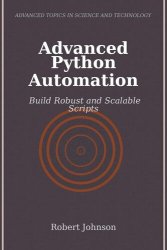




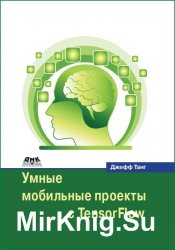


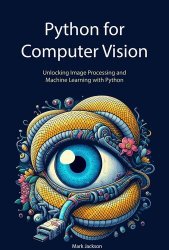

![Code of Practice for Programme Management in the Built Environment, 2nd Edition [b]Автор:[/b] CIOB Code of Practice for Programme Management in the Built Environment, 2nd Edition [b]Автор:[/b] CIOB](/uploads/posts/2024-11/thumbs/1732869330_th_pwsabxieuqceiglzmtmz4l7oylxwncni.jpg)